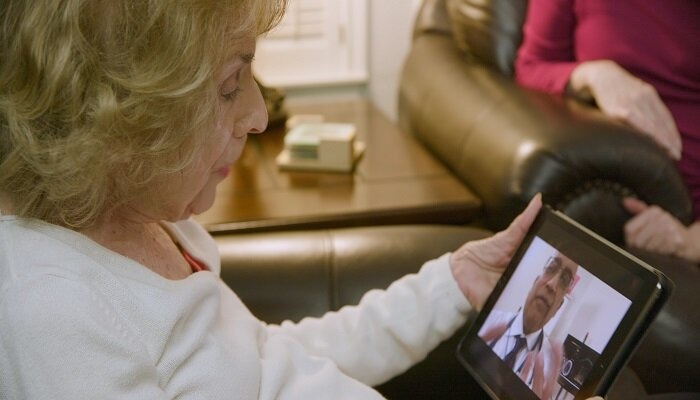As soon as parts of the world caught wind of the COVID-19 virus, it only spread outward even further. Because of this, what’s supposed to be limited to select locations has now grown uncontrollably. Considering it’s a viral disease, nearly all medical establishments were challenged by COVID-19 when countless complications sprung up, from the shortage of staff to full patient capacity.
With the healthcare system set in place being overwhelmed by the landslide of COVID-19 cases, patient engagement will end up degrading at a fast rate. Although COVID cases are gradually slowing down, many areas within the healthcare system still need extensive recovery. Even departments unrelated to the virus are still affected since there’s no clear strategy on how to increase patient volume in a dental office and other ‘unneeded’ areas.
Despite having little engagement occurring, countless civilians still require medical attention. But with the pandemic hindering usual procedures, some of them are reluctant to have an appointment face-to-face, while others are unable to receive medical attention because of circumstances. To curb the effects of the pandemic, healthcare must learn to adapt to improve patient engagement.
-
Maximize Online Communication
Safety is the healthcare system’s highest priority, regardless of whether it’s for the patients or practitioners. But with how easy it is for the infected person to spread the virus across people within the vicinity, face-to-face interactions are extremely discouraged. Considering that’s how appointments and other procedures were typically done before the pandemic, most healthcare establishments either end up ‘frozen’ or too overwhelmed to maintain social distancing while hordes of patients are in a state of hysteria.
With numerous technological advancements, digitization is one of the best solutions for managing patient flow. Because instead of making an appointment (or attending one), patients and practitioners can still get in touch through the internet. Granted, many medical providers have the assumption that digitized health services (such as telehealth) are ‘subpar’ compared to attending to the patient personally. However, that’s the last thing anyone would want in a post-pandemic world.
Considering most of the population is connected to the internet, converting some procedures, like appointment-setting or consultations digitally provides convenience to practitioners and patients. With the internet easily accessible anywhere on any device, the patient can stay in the safety of their home when attending an appointment. At the same time, medical establishments have a lighter workload since patient flow is divided between at-risk procedures and digitized, with practitioners allocated in their respective areas.
-
Develop Patient-Friendly Platforms
Although the internet is accessible, it’s useless if the medical establishment doesn’t apply it, particularly their online platform. Since they’re gradually adapting to digitization, creating a website dedicated to advertising the services available in the establishment is one way to broaden its reach. Therefore, when programming it, ensure that the website is easy to traverse. Otherwise, the patient might sign into the wrong services due to a misunderstanding.

Hire an IT expert to design the website to avoid complications from cropping up. Given their experience, they’ll be able to coherently encode the necessary details that present the medical establishment’s services. Moreover, having an expert onboard will dedicate their time to maintaining the website for an optimized experience.
-
Implement Automation
Although experts and practitioners are expected to perform their respective tasks precisely, they’re still human, and so do the patients. Forgotten appointments are bound to happen, especially if both parties are occupied with something else. Automation can lighten the load for everyone involved.
From the medical establishment’s perspective, automating some of the processes reduces the number of anomalies in the system. After all, some of the most pressing issues providers encounter are missed appointments and ‘no-shows.’ Since they have countless tasks waiting for them in the establishment, reminding each patient to attend their appointment already sounds tedious. However, automation can shoulder this task, among other things, considering how helpful technology has been to the medical field.
As for the patient, they must accept that the medical staff is sometimes unavailable, considering how busy everyone is post-pandemic. Instead of succumbing to their misfortune, automating some procedures ensures patients are tended to without the constant presence of a professional.
-
Ensure Flexibility
One of the reasons behind the healthcare system and the patient’s hesitation to accept digitization is because of how many concerns it crops up. Hacking is prevalent in the digital world. However, the more support digitization has, the better the system can secure it. Therefore, providers can offer more payment options for maximum flexibility and help patients avoid debt.
Takeaway
The pandemic became a harsh eye-opener for the healthcare system. Considering how many problems were brought to light, patient engagement received the brunt of it. But be that as it may, civilians still count on the healthcare system now more than ever. Therefore, necessary changes must be applied for patient engagement to pick up and be managed properly.


















